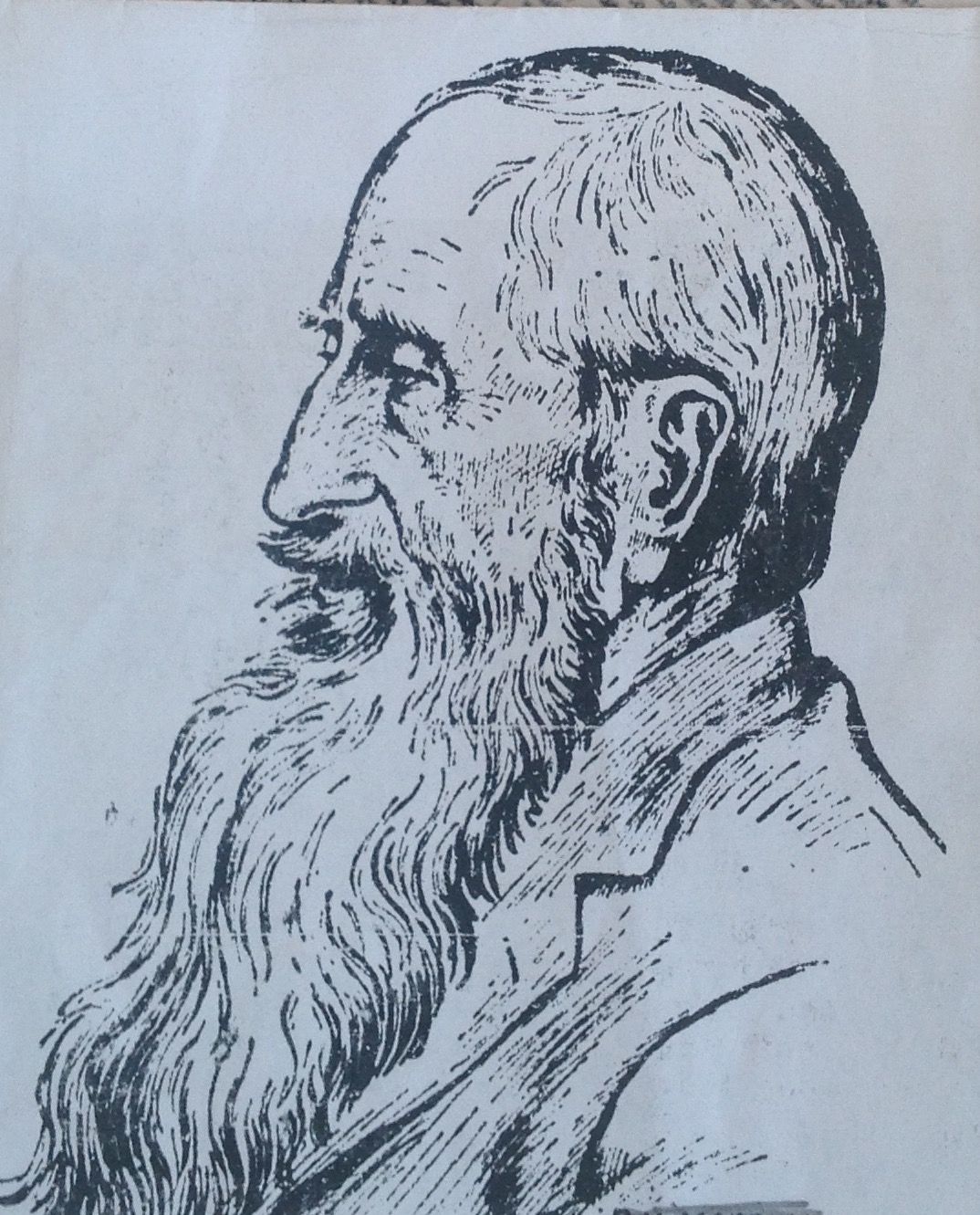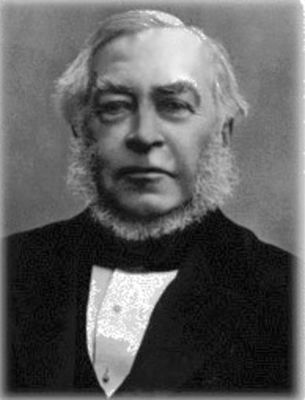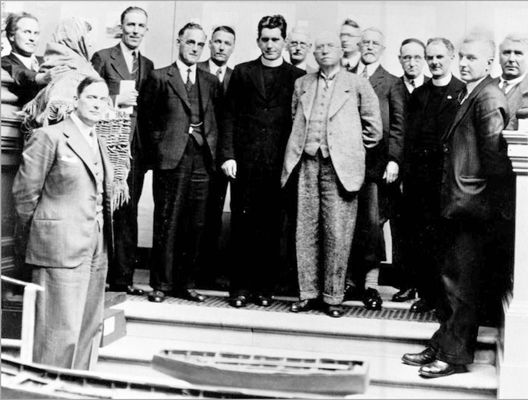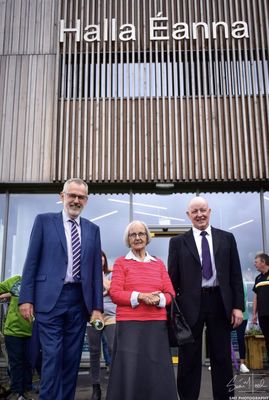Continued from last week
When Robert Johnston came to Belfast in 1868 Fenianism as the IRB was known, was at a low ebb. The head of the IRB in Belfast, Frank Roney had been imprisoned and on his release was forced into exile and had headed to America. His successor, William Harbinson, had been arrested and died in prison in September 1867. The loss of these leaders coupled with the abysmal failure of the Fenian rising in Dublin in March 1867 meant that heads were below the parapet.
In Belfast, Fenians now infiltrated other organisations making advanced speeches and enrolling men into their ranks. Likewise, the Catholic Institute, founded by Catholic merchants to provide reading rooms for their co-religionists, was utilised by IRB man John Griffith for subversive purposes, much to the irritation of Bishop Dorrian.
Robert Johnston’s humble beginnings as a labourer meant he could easily approach people while his success in business gave him the opportunity to travel and meet and mix with the national and American leaders. Gradually he built up the numbers in Belfast and by the end of the 1870s the IRB was back to full strength in the city.
Johnston became a frequent visitor to America, visiting Fenian and Clan na Gael leaders in New York, Chicago and as far north as New Brunswick in Canada. He collected samples of mineral ores, dabbled in gold mining and studied the economy of every area he visited. He believed that gold, silver, lead and other minerals might be mined in Ireland. He always advocated the establishment of new industries financed by Irish capital. On one occasion when he gave a speech in Belfast on these lines he had a conversation with a man called Thomas Gallaher.
Kickham enjoyed his visit and consented to staying for a year to complete his memoirs. It was decided he would return to his home place in Mullinahone in Tipperary to tidy up some affairs and return to Belfast. Unfortunately he suffered a stroke in Dublin and died.
Originally from Derry, he had a small business in York Lane producing pipe rolling tobacco. The following morning Gallaher called at Johnston’s timber yard in Great George's Street and witnessed the delivery of a massive amount of high class timber which was being carted from a ship in the docks. Other carts were heading out, loaded with freshly cut planks.
Johnston told him he had bought the trees in America before they were felled thus cutting out the middlemen. The newly imported timber was now being cut into planks etc and sent to Armagh for the making of pews for the new St Patrick’s Cathedral. He further told Gallaher that he should do the same with tobacco. Gallaher took his advice and by 1881 he had built a five-storey factory in York Street with representatives in America mirroring Johnston’s method of business. He repaid a loan of £1,000 (equivalent of £125,000 today) to Johnston who refused to accept any interest.
By this time Robert Johnston was spending as much time in America as in Belfast both in his business interest and IRB. His business interests provided great cover. He had brought his younger brother William to America to supervise the export of timber to Ireland and he also had a similar set up in Argentina. The schooner Amantathe regularly arrived in Belfast from Dalhousie, New Brunswick with a full cargo of deal and round timber for Robert Johnston.
As his timber import and building business flourished he moved house several times, firstly on lower Antrim Road, then Donegall Park and later Upper Antrim Road just above St Gerard's. His home in Belfast was always known as Líos na BhFiann (in Belfast Street Directory, Lisnaveane) and played host to a series of visitors including Maud Gonne, Douglas Hyde, John O’Leary, W B Yeats and Mark Ryan. Johnston was the chairman of nearly every meeting in Belfast of a Nationalist tinge and whenever a guest speaker was brought to Belfast they were entertained at Líos na BhFiann.
SUPREME COUNCIL
When Johnston was elected to the Supreme Council, the chairman was Charles J Kickham. Johnston became a close friend and when Kickham’s health deteriorated he brought him to Líos na BhFiann on Antrim Road. Kickham enjoyed his visit and consented to staying for a year to complete his memoirs. It was decided he would return to his home place in Mullinahone in Tipperary to tidy up some affairs and return to Belfast. Unfortunately he suffered a stroke in Dublin and died. Johnston already had the room prepared for the return of ‘Charlie’ as he knew him and such was his grief that the room lay untouched until he moved house years later.
After the Phoenix Park murder of Lord Cavendish and Thomas Burke in May 1882 and the dynamite campaign in Britain, the English set up an espionage system on Clan na Gael in America.
John Daly, who gave the oration at Kickham’s funeral, was under scrutiny and when he returned from US in 1883 he was tailed by a detective. In turn he led him to John Torley in Glasgow, Mark Ryan in London and Robert Johnston in Belfast, all members of the Supreme Council. He went to stay with James Egan in Birmingham and the two were soon in jail with life sentences.
Because of his frequent trips to America and to Paris where James Stephens resided Johnston had appointed Henry Dobbyn as general foreman. Dobbyn from South Derry was also a prominent republican and chaired meetings in Belfast in Johnston's absence.
While his place on the Supreme Council was taken by fellow Belfast man, Michael O’Hanlon Johnston’s influence never waned either in Belfast, Dublin or America.
PARNELL LEADERSHIP COMMITTEES
When Charles Stewart Parnell was deposed as leader of the Irish Parliamentary Party in December 1890 Johnston contacted him offering his support. At this stage the IRB was semi-defunct. Parnell Leadership Committees were formed all over Ireland with Robert Johnston chairing the Belfast branch and Daniel McCullough as treasurer. Parnell died on 6 October and his funeral in Dublin was organised by the PLC aided by the IRB. His death mustered anti-clerical feelings. The Belfast PLC sent wreaths to Parnell’s funeral bearing the words, ‘Murdered’ and ‘Avenge’ in red flowers (an event which attracted much publicity) and many placards were posted in Belfast with the caption ‘Parnell murdered. Is it true? Say you priests, is it true?’
The PLC convention had been arranged to take place just six days later in the Rotunda. It was decided to go ahead with the meeting. The chair was left vacant and the Rotunda kept in darkness and silence for half an hour before the six foot four figure of Robert Johnston dressed in formal wear complete with top hat and his long flowing beard entered the stage in darkness and bellowed out a quotation from one of Parnell’s last speeches: “If I were dead and gone tomorrow the men who are fighting against English influence in Irish public life would fight on still.”
One of the outcomes of this meeting was the launch of The Irish Daily Independent and Daily Nation newspaper which gave the IRB organisation a fillip.
Although he was a firm believer in abstentionism Johnston was asked by Parnell to contest the small Borough of Newry in the next election. Parnell assured Johnston there was no chance of victory but he wanted participation. By the time the election came up Parnell was in his grave but Johnston kept his promise and contested the election finishing last. He was asked to stand at the next election but refused.
To be continued...








